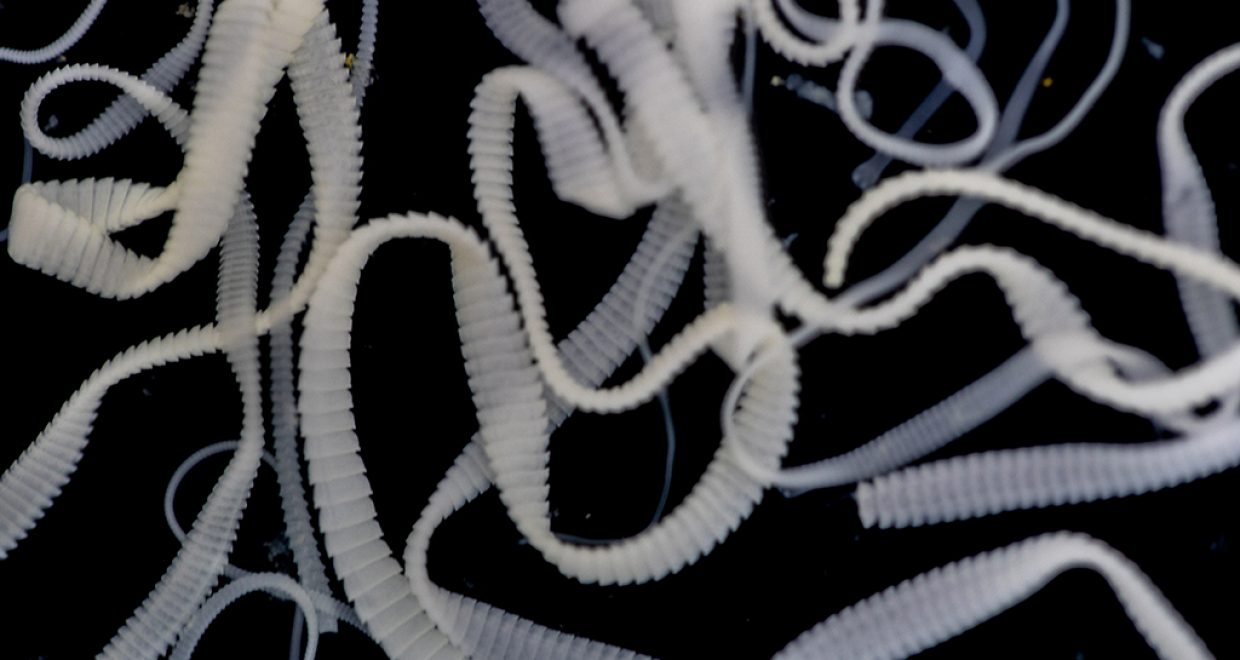Taxonomic resolution affects host−parasite association model performance
The latest Paper of the Month for Parasitology is “Taxonomic resolution affects host−parasite association model performance“
The ability to predict the occurrence and strength of species interactions is a fundamental goal in ecology. Moreover, the problem of predicting associations is a pressing issue across many disciplines, leading to the development of recommender systems for music (e.g., Spotify) and movies (e.g., Netflix). With respect to host-parasite interactions, aspects of the host species and parasite species combined translate to the probability of an interaction. For instance, host body size and the host tissue a parasite infects may jointly provide information on the likelihood of an interaction between host and parasite.
This project started from a conversation that we were having as a result of being associated with the Viral Emergence Research Initiative. We were developing predictive models to explore potential mammal-betacoronavirus interactions. Often, data fundamentally limit the taxonomic scope of the host and parasite species that could be considered in a modelling exercise. However, there may be a fundamental trade-off in model breadth and forecast accuracy. The essential idea here would be “aim small, miss small”. A more narrow taxonomic scope could improve model performance, provided that all of the relevant trait data was included in the model. Similarly, a narrower spatial scope could also improve model performance, by grounding potential interactions in a reasonably defined trait space (e.g., predicting that a tropical parasite infects a polar bear is not ideal).
To explore this, we used an existing global dataset on host-helminth interactions maintained by the London Natural History Museum and accessible through R. Despite being only helminth parasites, these data represent one of the largest known host-parasite databases currently in existence, and are a compiled set of host-helminth occurrence records based on published literature, museum specimens, and targeted sampling efforts. The data are georeferenced to the geopolitical region, allowing us to compare models trained on one location to a location nested within that same geopolitical entity. We considered three different spatial levels (global, country, state) and explored a model using all parasite helminth taxonomic groups relative to models trained on Acanthocephalans, Nematodes, and Platyhelminths separately. We subset host species to only include mammals, for ease of finding trait data and worry about mashing fish into the mix.
Taxon-specific models of helminth groups consistently outperformed the full model at the global scale, but this effect dissipated at finer spatial scales. This is likely due to an issue of data limitation at smaller spatial scales rather than a real function of space itself. Interestingly, the same traits were important for predicting mammal-helminth associations across different helminth taxonomic groups, suggesting shared potential drivers of mammal-helminth associations
The mantra of ‘aim small, miss small’ turns out to not just be a bad line from a 2000’s Mel Gibson movie, as it provides some good advice for building predictive models of species interactions. Whether or not this generalizes past helminth parasites or not is unclear, but ongoing research will test for which groups and at which scales this relationship holds.
The paper “Taxonomic resolution affects host−parasite association model performance“, by Tad A. Dallas and Daniel J. Becker, published in Parasitology, is available free for a month.
Image of tapeworm courtesy of Shutterstock.






